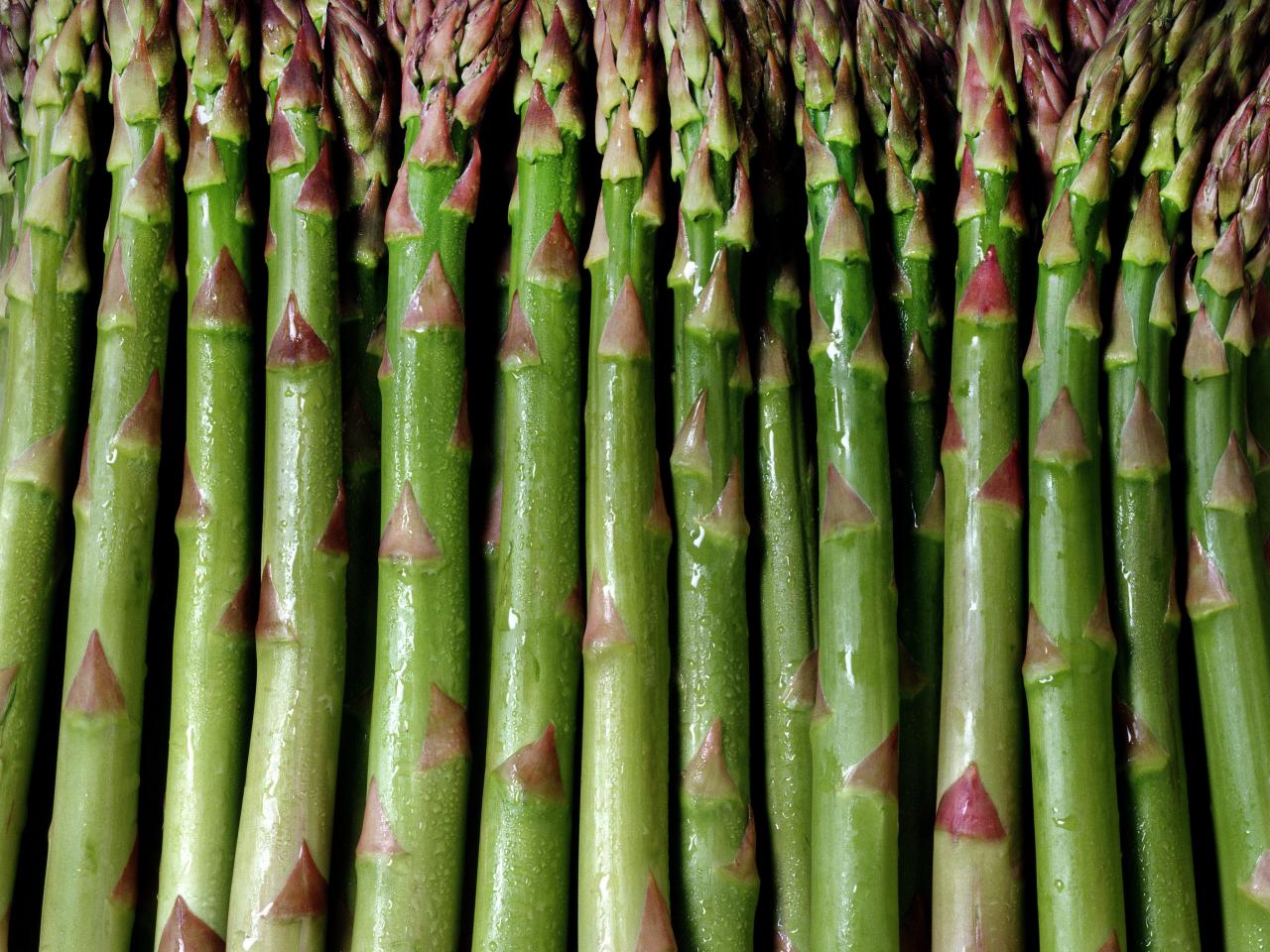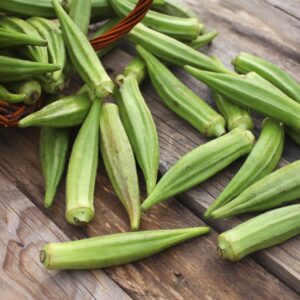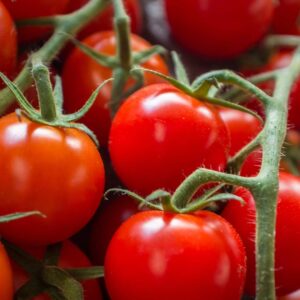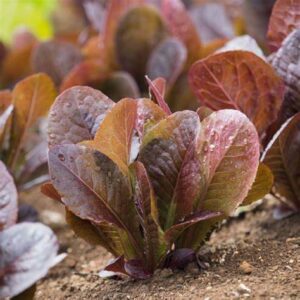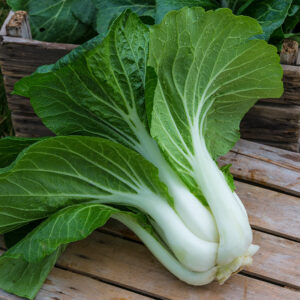|
Mary Washington Asparagus is a hardy garden vegetable whose seeds can be initially sown indoors, between mid-February and May. Using a 1 1/2 inch deep pot, sow the Asparagus seeds 1/2 inch deep and 2 inches apart. After 10-12 weeks, you can transplant the Asparagus starts outdoors in your vegetable garden, so long as there is no frost. In your garden, dig a 6-12 inch deep, 18 inch wide trench. Spreading a 1 inch layer of compost at the bottom of the trench is recommended. Cover the crowns with soil. As the Asparagus crowns grow, keep them covered with soil and give 1 inch of water each week. Take care not to give too much water, as soil that stays wet can cause the roots to rot and will produce brown, soft spears. During the first year, you must exercise patience and resist the temptation to harvest. In the second year, you may harvest the Asparagus spears for 2 weeks, when they are the thickness of a pencil. The following year, increase harvesting to 4 weeks. After that, you may harvest for 8 weeks.
|
100+ Mary Washington Asparagus Seeds
$3.98

100+ Mary Washington Asparagus Seeds | Non-GMO
A delicious variety of Asparagus, providing lots of flavor. Originally released in 1919, Mary Washington Asparagus became the most popular type of asparagus grown. No longer used in commercial production, Mary Washington is actually a parent of the modern day asparagus varieties. You can’t get much more pure than this!
Mary Washington asparagus was bred by Dr. J.B. Norton of the U.S. Department of Agriculture and was one of the his releases in the Washington Line of asparagus varieties. This particular variety offers uniform sizes, and also resists against asparagus rust.

